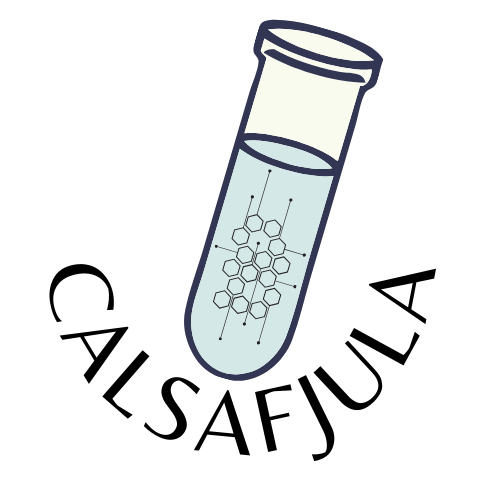How to Use S.O.L.V.E. to Find the Right STEM Solutions—Faster
5 Minute Read

Companies often waste time, money, and talent by taking a trial-and-error approach to solving their biggest STEM challenges. Whether it’s hiring top engineers, breaking through R&D bottlenecks, or accelerating innovation, many businesses resort to guesswork instead of strategy.
📌 The result? Missed opportunities, wasted resources, and frustrating delays.
💡 The Fix? A structured framework to determine and validate the best solution.
Introducing S.O.L.V.E.: A Data-Driven Approach to Problem-Solving
Instead of relying on intuition, S.O.L.V.E. helps organizations identify, optimize, and execute the most effective solution—while minimizing risk and maximizing ROI.
Here’s how it works:
Step 1: Surface Options (Brainstorming Potential Solutions)
The first step is generating multiple solutions. Instead of defaulting to traditional methods, teams should explore innovative approaches like:
✅
Hackathons → Attract and recruit top engineers through real-world problem-solving.
✅
AI-driven hiring platforms → Leverage machine learning to screen and match candidates faster.
✅
Strategic partnerships → Build long-term talent pipelines by collaborating with universities or research institutions.
📌 Example: A biotech firm struggling to hire AI engineers brainstorms three possible solutions:
- Running a global hackathon focused on AI-driven drug discovery.
- Tapping into online coding communities (e.g., GitHub, Kaggle).
- Partnering with AI research programs at top universities.
Step 2: Optimize for Impact (Align with Business Goals & Reduce Risk)
Not all solutions are created equal. The next step is evaluating which approach offers the highest ROI while minimizing cost and risk.
📌 Example:
- Hackathons provide real-world skill validation, unlike traditional interviews.
- AI-powered recruitment can eliminate hiring bias and streamline applicant screening.
- Long-term university partnerships ensure a steady pipeline of talent.
🚨 Key Question: Does this solution directly solve the problem, or is it just a temporary fix?
Step 3: Leverage Expertise (Tap into the Right Networks)
No company has all the answers internally. The best solutions come from leveraging external expertise:
✅
Industry experts → Consult leading researchers, engineers, and specialists.
✅
Existing talent networks → Access pre-vetted communities of AI/ML professionals.
✅
Corporate and academic partnerships → Collaborate with universities and research labs.
📌 Example: A biotech company needs to hire computational biologists quickly. Instead of traditional hiring, they:
- Reach out to a network of 500+ computational biologists.
- Involve industry mentors and advisors to assess top talent.
- Use LinkedIn and GitHub data to identify key players in the field.
Step 4: Validate Feasibility (Test Before Scaling Up)
Before committing resources, teams must stress-test the solution against real-world conditions.
📌 Example:
- "Can we recruit 5 engineers in 30 days?" → Pilot with a smaller test before full-scale rollout.
- "Does our AI hiring platform filter out the best candidates?" → Run a small trial with test applicants.
🚀 Validating before scaling ensures teams don’t waste time on ineffective solutions.
Step 5: Execute Plan (30-Day Roadmap to Success)
Now it’s time to act. Every validated solution should have a clear, structured execution plan.
📅
Week 1: Plan hackathon logistics & set up evaluation criteria.
📅
Week 2-3: Promote event to targeted AI/ML communities to attract top talent.
📅
Week 4: Host hackathon, screen top performers, and
extend job offers immediately.
📌 Example: A company that typically takes 90 days to hire an AI engineer runs a structured 30-day hackathon process—and recruits 5 engineers in 4 weeks.
STEM Companies Need to Solve Smarter, Not Harder
Too many organizations take months or even years to solve problems that could be addressed in weeks with the right strategy. S.O.L.V.E. eliminates trial-and-error by providing a clear, structured path to success.
✔
Stop guessing—start structuring solutions.
✔
Leverage the right expertise instead of keeping problems internal.
✔
Validate before investing resources to avoid wasted time and money.
🚀 Need help implementing S.O.L.V.E. to solve your biggest STEM hiring and R&D challenges?
📩 Email me at casim@calsafjula.com to schedule a meeting.









